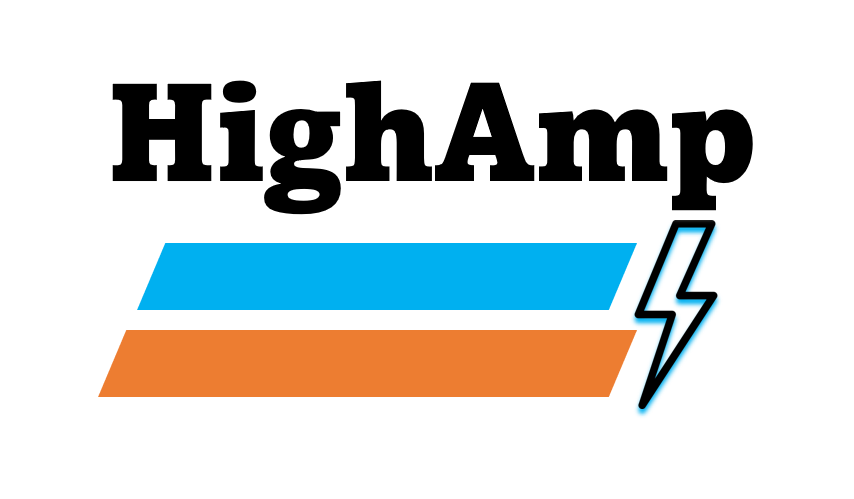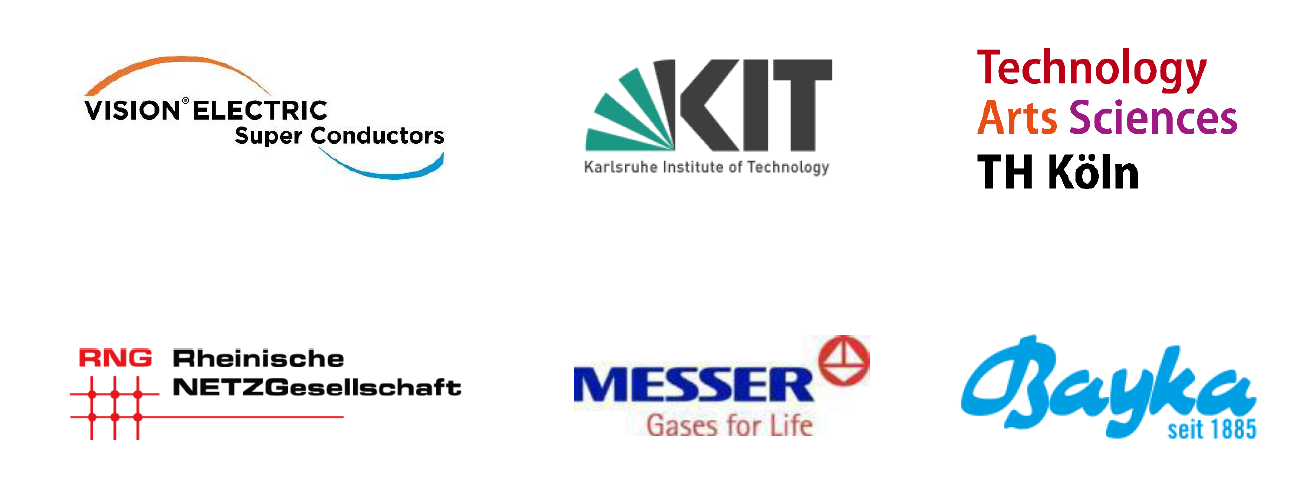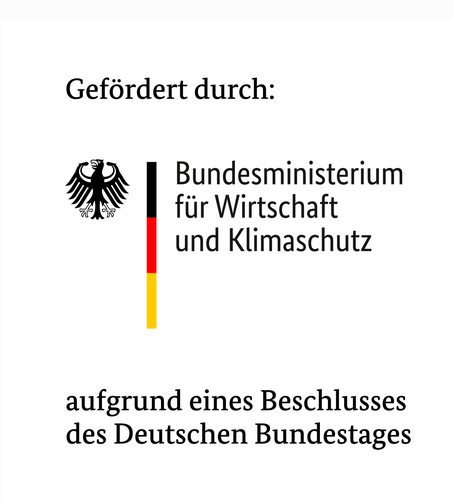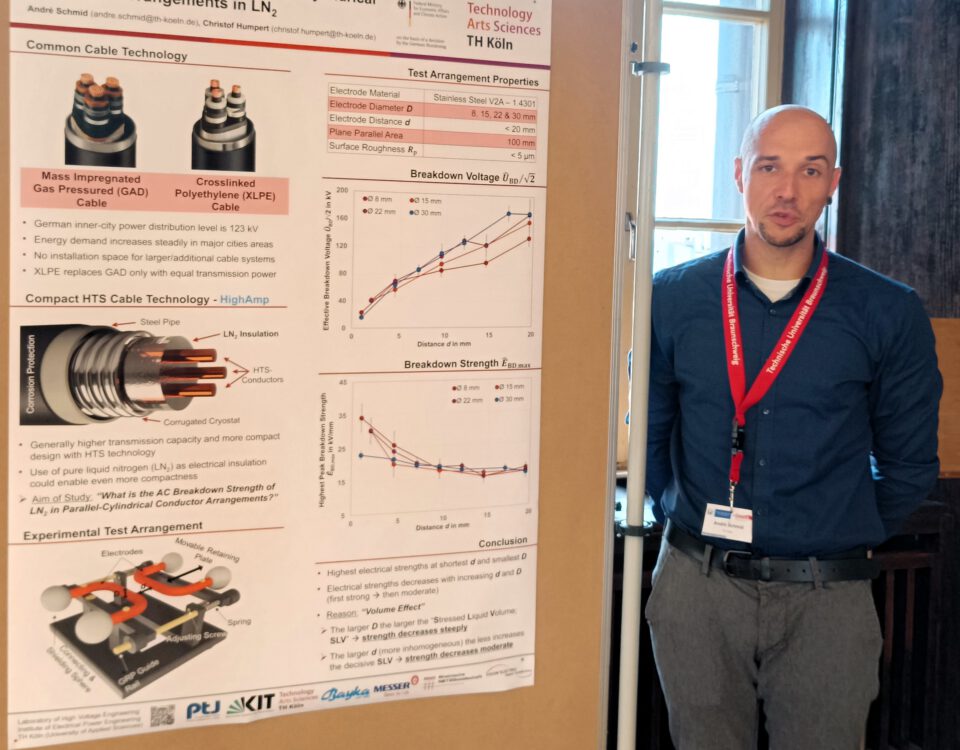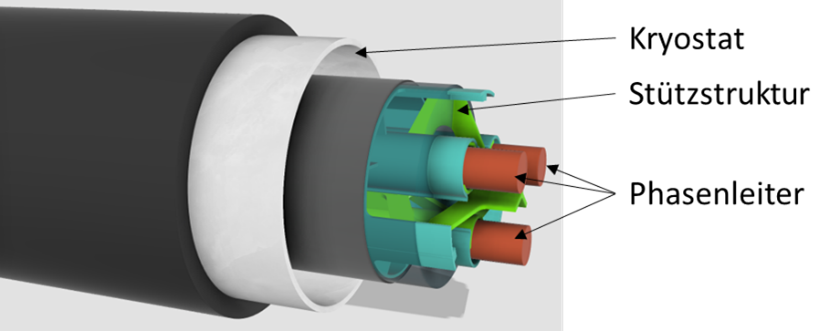The HighAmp Project
The Challenge
The German government's goal of achieving greenhouse neutrality by 2045 and the resulting accelerated energy transition means a variety of challenges for the electricity grid in Europe. On the one hand, the direction of the load flow is no longer necessarily predetermined by the use of decentralised renewable energies and the grids must be able to react flexibly to this. On the other hand, the increased use of electromobility and heat pumps lead to transmission bottlenecks and limit violations, especially at the distribution grid level.
At the distribution network level, XLPE insulated cables as well as obsolete gas pressure and oil cables are predominant. Gas pressure cable technology was developed in the 1930s and has been used since the 1950s, especially in urban 110 kV distribution networks. There are thousands of kilometres of these cables in the European distribution network that will have to be replaced in the next few years.
Since civil engineering for the replacement of cable systems is complex and expensive, network operators prefer systems that allow the use of existing pipelines of the existing gas pressure and oil cables and at the same time allow an increase in transmission capacity.
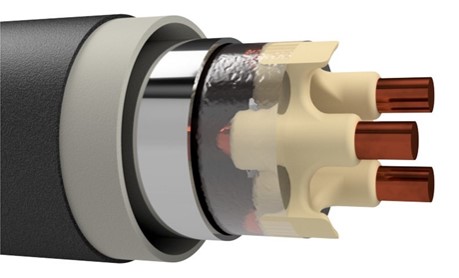
This is where HighAmp comes in - it uses current technology in the field of superconductors for practical applications.
In the HighAmp project, a powerful and compact 3-phase superconductor cable is therefore being developed for use in the 20 kV distribution grid level and a rated current of 3 kA. With the subsequent upscaling of the cable concept to the 110 kV level, the complete performance class of XLPE cables is covered or far exceeded. The aim is to develop an ultra-compact cable that can be inserted into existing pipes of gas pressure and oil cables and at the same time multiply the transmission capacity compared to conventional urban cables. The current density of current superconducting materials at temperatures of -200°C is 100 to 200 times higher than that of copper. This enables very high power densities with compact geometries and reduced weight.
REBCO superconductors, that are 2nd generation high-temperature superconductors (2G HTS), are used in this project. The arrangement of the tapes in a stacked (CroCo) or coiled (CorC) form minimises losses and increases the energy efficiency of the cable. Thus, an energy saving potential of up to 45 % is possible compared to a conventional XLPE cable.
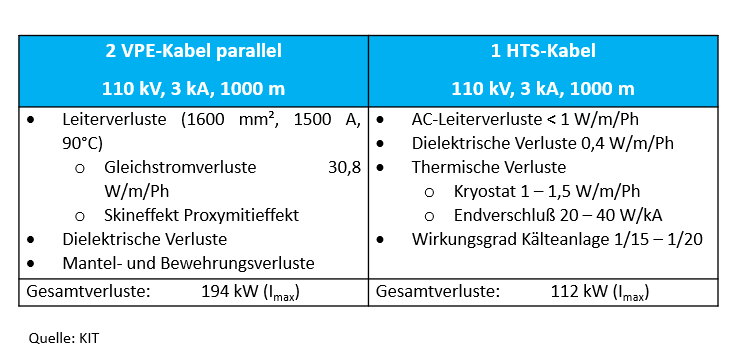
News
- Want to know more?
info@vesc-superbar.de
- Call us
+49 (0) 631 627983 0
